
During the siege of Sarajevo, the UN blocked people from being able to enter or leave the city due to a shameful agreement that they made with the Serb aggressors. This meant that there was no way for food or communications to enter or leave Sarajevo. (scroll down and read the previous post if you have not, so you will understand the background on the siege of sarajevo).
The Bosnians are nothing if not resiliant, and they are brilliant, because they came up with a perfect idea:
They dug a tunnel under the UN controlled area (where the UN would capture and return escapees from Sarajevo- or simply shot them- or watched while the Serbs shot the attempted escapees).
The tunnel connected Sarajevo to the free Bosnian territory in the mountains. The one good thing that the UN did in Sarajevo was to ignore the tunnel entirely, thus allowing Bosnians the ability to enter and leave the city.
 Here I am, visiting one of the last remining segments of this tunnel today.
Here I am, visiting one of the last remining segments of this tunnel today. 
This is the tunnel museum, put together by a family whose house was one of the entrances to the tunnel during the war. You can see how many bullet holes are in their house, and this seems typical for houses here. Many of them are still riddled with grenade, shell, and bullet damage even 10 years later.
I would like to tell you a little more about the tunnel, which I learned today.
The tunnel was 800 meters long and 1 meter wide and 1.6 meters high (on average; some places in the middle were lower). So even a short person like me would have to stoop. They ran phone cables, electricity, and other necessary utilities through this tunnel, and I am not kidding when I tell you that it was THE ONLY WAY for people or communications to get in and out of Sarajevo during the siege.
There was usually water in the bottom, and you are crouching along in the dark, carrying maybe 35 kilos of food or weapons or whatever on your back and right by your head are high voltage electricity cables. They say it took about 2 hours to go through the tunnel, because people ahead of you might stop (these were old ladies and children, as well as the Bosnian army, which used the tunnel for manuvering and transport of weapons).
In order to go through the tunnel, you had to go to a checkpoint at an alternate location and get official clearance from the Bosnian army. they would give you a stamp, which you presented at the tunnel entrance. Because of precautions like this, the Serbs did not find out about the tunnel for a long time, and even after that, they did not know exactly where the entrances were.
 The entrance to the tunnel was hit by a Serb shell and all the people waiting to use the tunnel were killed (I think more than 50 people were killed and many were wounded). This is the imprint the shell left on the ground. I hope you can see the shape of it is a spiral. They call these "Sarajevo Roses" and you can see them all over the city from all the shelling that happened here. In some places, people have filled the roses in with red paint, representing the blood shed there.
The entrance to the tunnel was hit by a Serb shell and all the people waiting to use the tunnel were killed (I think more than 50 people were killed and many were wounded). This is the imprint the shell left on the ground. I hope you can see the shape of it is a spiral. They call these "Sarajevo Roses" and you can see them all over the city from all the shelling that happened here. In some places, people have filled the roses in with red paint, representing the blood shed there.  In places where more than 7 people were killed, there is usually a small plaque commemorating the victims. This is the one by the tunnel entrance, and you can see how many bullet and grenade holes there are in the walls around it. (sorry it is sideways)
In places where more than 7 people were killed, there is usually a small plaque commemorating the victims. This is the one by the tunnel entrance, and you can see how many bullet and grenade holes there are in the walls around it. (sorry it is sideways)  Here is the entrance to the tunnel that I passed through.
Here is the entrance to the tunnel that I passed through. And this is the tunnel.

Imagine if your only food or "relative safety" was on the other side of 800 meters of this hell. Imagine how bad things would have to be to take your child through this tunnel, or your grandmother, or yourself.
It is said that almost every Sarajevan who was alive during the war time went through the tunnel at least once.
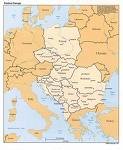
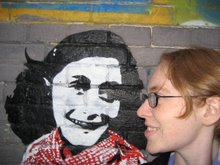
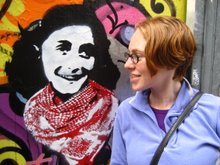
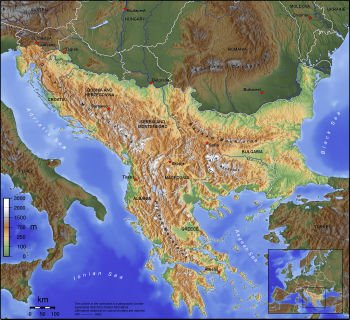
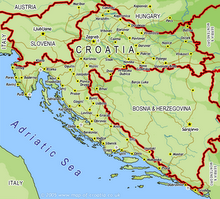

No comments:
Post a Comment